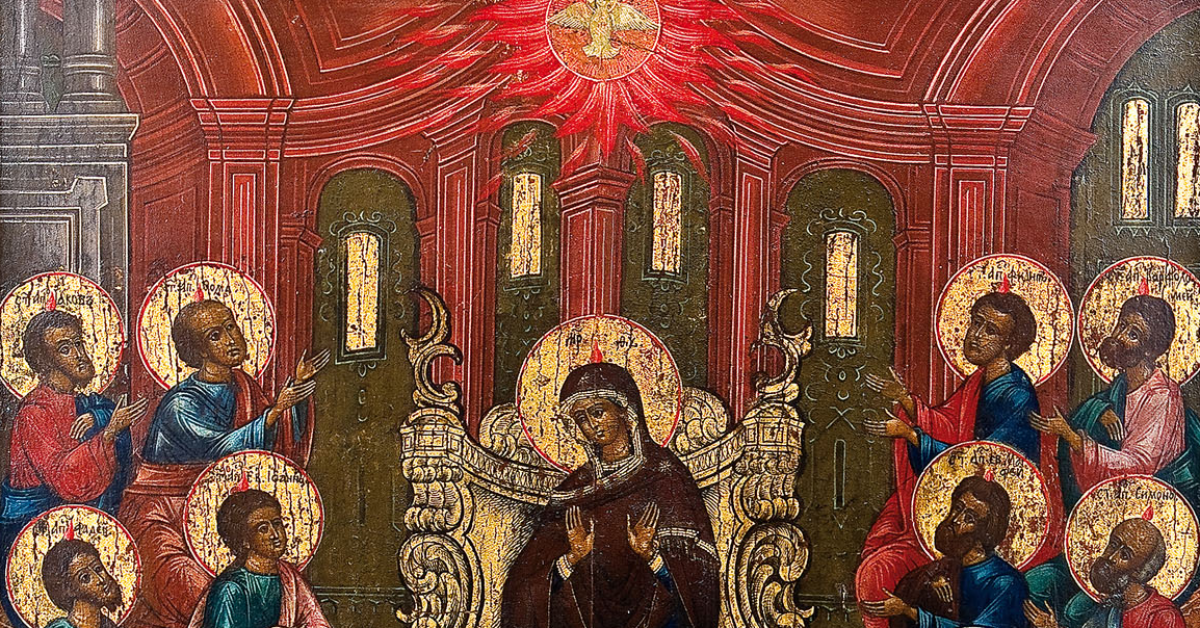The Holy Spirit at Work in Small Groups
In our recent workshop on the adult catechumenate, we stressed the importance of creating small groups to build community and foster an environment for seekers to ask questions and to respond genuinely to biblical texts. The research of Anna Clare Creedon (Do Small Groups Work? A Study of Biblical Engagement and Transformation, London, SCM Press, 2021) offers support for our claims about the value of small groups. Creedon set out “to explore whether the context of a small group provides the necessary conditions for transformative biblical engagement to take place” (1). Her data draws from study of three small groups associated with parishes in the Church of England.
The data point to three major themes:
- The role of an “expert,” that is, a person with scholarly theological training (95)
- “challenge [that] emerged as a result of engagement with the text and as a result of engagement with others in the group” (116)
- The “use of materials” by the group to help them understand biblical material (137)
Creedon’s findings on an “expert” are twofold. First, she notes that those experts who “embrace their role as ‘skilled master builder’ [1 Cor 3:10], and use their expertise to serve the small group” are “more likely to facilitate transformative biblical engagement” than experts who offer “right answers” (115). The presence of the latter type of experts can create an environment where others in the group defer to the “expert,” dampening discussion (96-98), keeping it at an “intellectual level” (115), and thus inhibiting the desired transformation.
Creedon identified the second theme as “challenge” because the word was used by the subject participating in the research and because one can be “challenged” both by others and by a biblical text (116); a majority of in all the groups she studied named it “very important or fairly important that their views were challenged” (117). She also concluded that for “transformative biblical engagement” to happen, participants need to be challenged by the biblical text, and that “small groups can provide a facilitative context for this challenge to take place” (136, emphasis in original).
In her discussion of the third theme, “use of materials,” the author considered both what and how materials were used, primarily the latter (137). She offers these conclusions:
“… the data does suggest that incorporating a range of materials, either in one session or across a number of sessions … may be more likely to generate a great diversity of insights into the biblical text, and thus potentially lead to transformative biblical engagement” (158).
“The data points towards the conclusion that the deeper discussions emerged from material that had been altered or specially chosen by the group leader” (156).
Our own research has affinities with Creedon’s work. At one of our research congregations, participants were invited to respond to narratives from the Gospels. The lay catechist and pastor agreed that the latter’s presence in the group led to the kind of “deferring to the expert” that Creedon also uncovered in her research. At another of our research congregations, the catechetical gatherings were successfully led by the pastor, primarily because he developed his own material and because of his ability to “read the room” and adapt to the particular needs of the group.
In the end, of course, the work of the Spirit to transform lives by creating faith in Jesus Christ cannot be pinned down by modern “research methods.” Our research, as Thomas Aquinas might say, is a “handmaiden” to Scripture, one that can shed helpful light on human efforts to live out the Great Commission. Even as we hope that our research may led to more congregations adopt a robust adult faith formation process, we also keep in mind these words of Jesus to Nicodemus:
The wind blows where it chooses, and you hear the sound of it, but you do not know where it comes from or where it goes. So it is with everyone who is born of the Spirit” (John 3:8)
+++++++++++++++++++++++++++++++++++
Image: Pentecost icon, egg tempera on wood panel. Russian, 18th century. 53.5 x 45 cm.
Author: Anonymous
